The Filmmaker’s Handbook: How are Matte Shots Created?
The Emerald City in The Wizard of Oz (1939) is about the size of an average piece of notebook paper. It, along with countless other fictional settings for films, are known as matte paintings—literal painted representations of a landscape or location that allows filmmakers to create matte shots, thus crafting the illusion of an environment that in real life or would be too expensive or impossible to build. There is no real Emerald City, of course, so it was painted. The Statue of Liberty’s top portion wasn’t actually stuck in the sand in Planet of the Apes (1968), so it was painted.
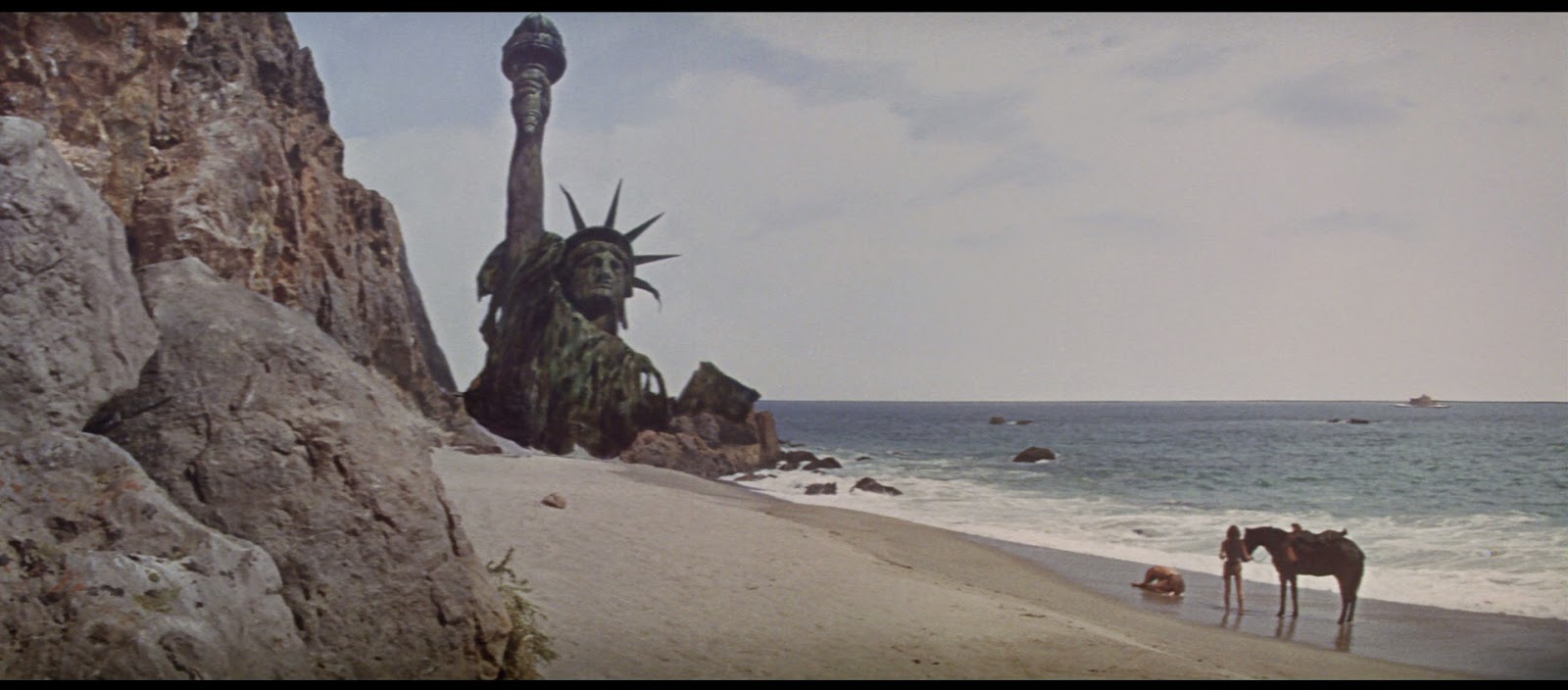
Matte shots were typically created from matte artwork painted onto glass. Historically, matte paintings are combined with live footage in an attempt to create a seamless effect. Practical foregrounds and action are placed atop a painted background, creating a complete image that appears as one believable scene. Matte shots in earlier films are, not surprisingly, often easier to detect than in later years as skill and technology moved forward.
The first known matte painting shot was the crumbling California Missions in Missions of California (1907), where Norman Dawn improvised the trick. Now, they are largely a thing of the past, with computer graphics taking their place. The expansive, nonexistent scenery of Game of Thrones (2011), for example, or the post-apocalyptic dystopia of The Book of Eli (2010), are the evolution of matte painting as created through CGI. This transition started in the 1980s, when painter Chris Evans created the first digital matte shot for Young Sherlock Holmes (1985), in which a knight leapt from a stained-glass window. The window was a matte painting which was manipulated in LucasFilm’s Pixar system, blending computer animation with matte artwork.
Martin Scorsese‘s Age of Innocence (1993) utilized several matte shots, such as this one:
.jpg)
A famous still from Ben Hur (1959):
.jpg)
Black Narcissus (1947) heavily utilized lush, beautiful matte shots to create deep landscapes like this one:
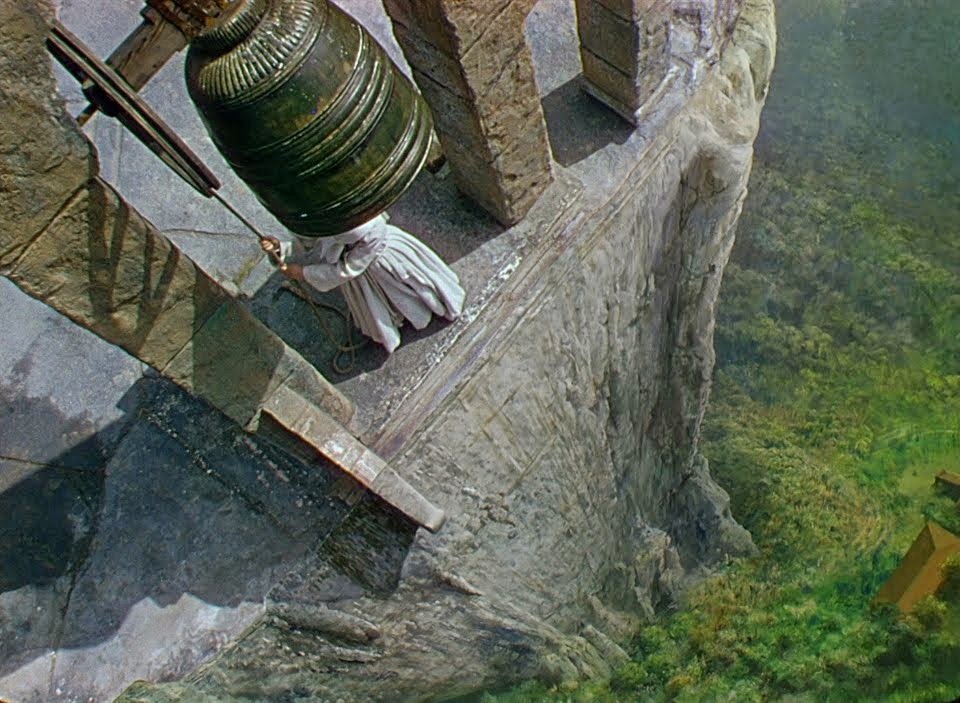
This shot from Backdraft (1991) shows a matte background combined with a miniature foreground, which was set ablaze. Actors were added in later on the rooftop, combining three elements of cinematic trickery to compose this scene:
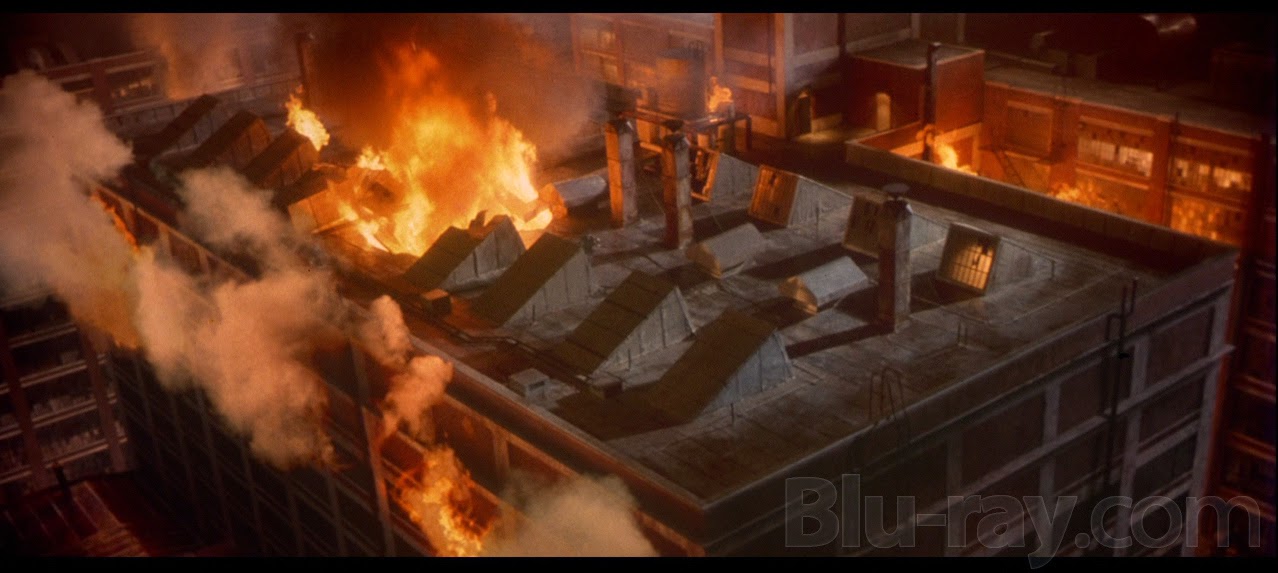
A natural setting in Close Encounters of the Third Kind (1977) is given more depth with matte painted horizon, treeline, and hills in the background.
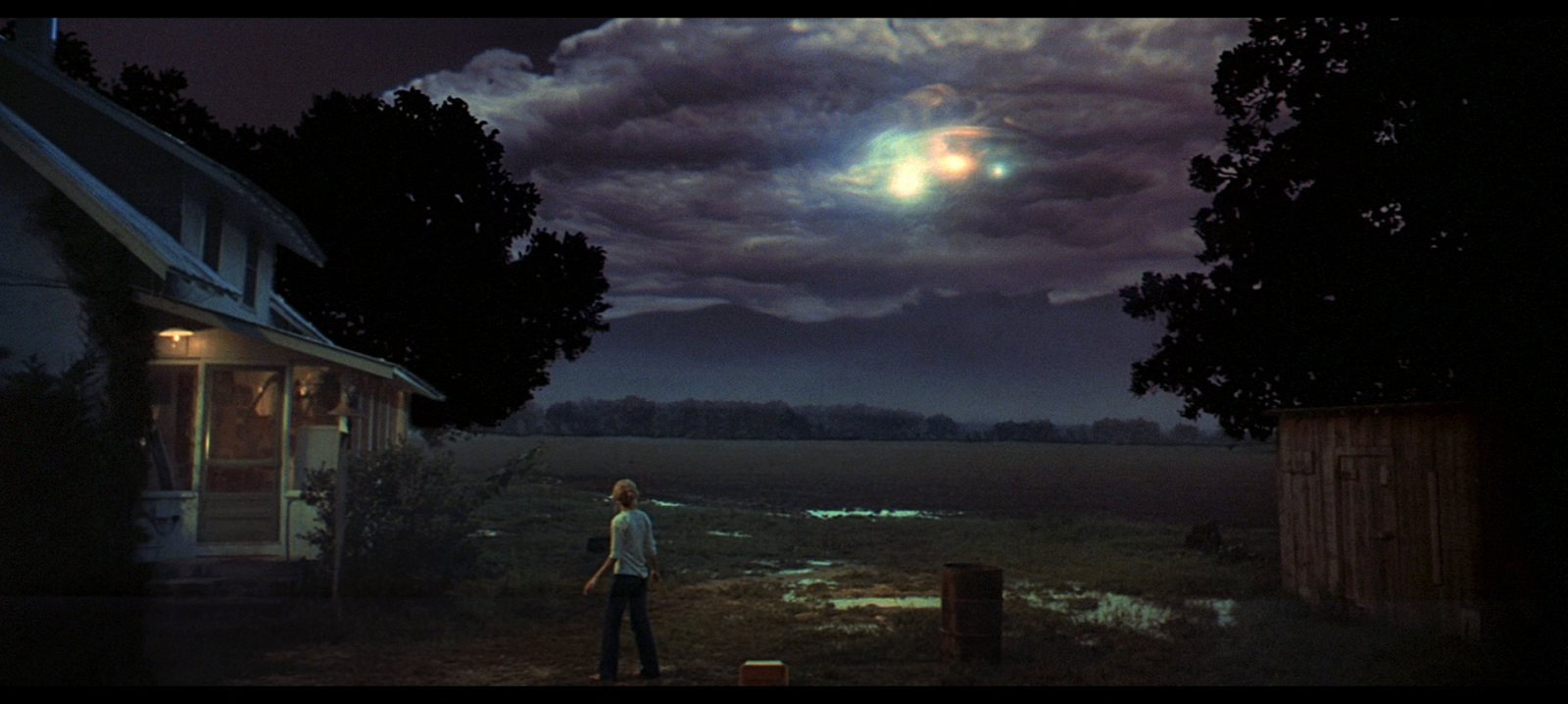
The famous castle of Count Dracula in Dracula (1931) is one of the most recognizable mattes in cinema.
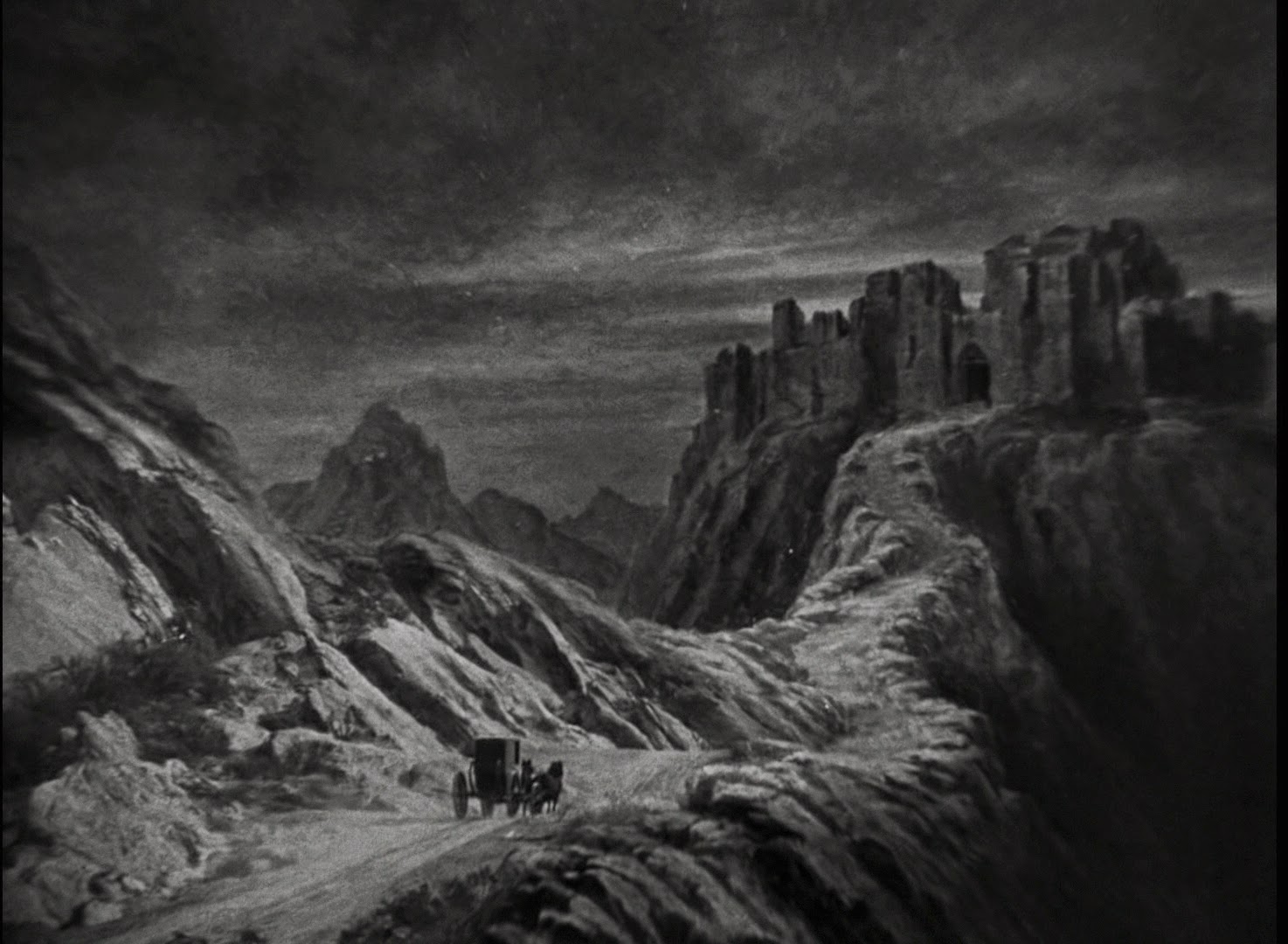
The seemingly endless pit in Star Wars Episode IV: A New Hope (1977) is yet another famous example of a matte shot at work.
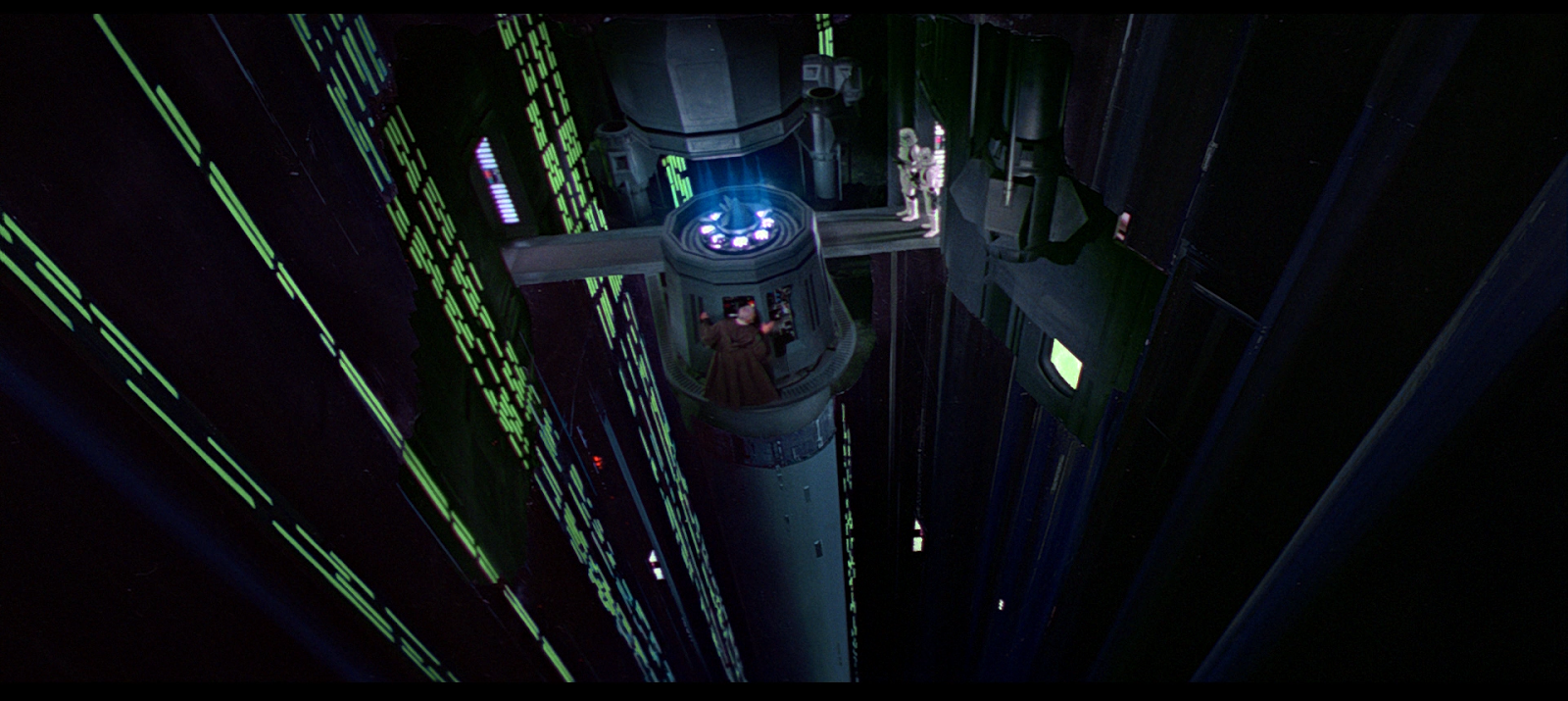
These days, we are used to CGI effects giving added realism to landscapes and settings for the films and television we watch. But before computer technology, creating these environments required the deft touch of talented artists, coupled with filmmaking teams who could blend physical works of art with motion pictures to create something fluid and beautiful. The matte shot is a complex and appreciated part of cinematic language and has contributed much to the richness of the medium.

